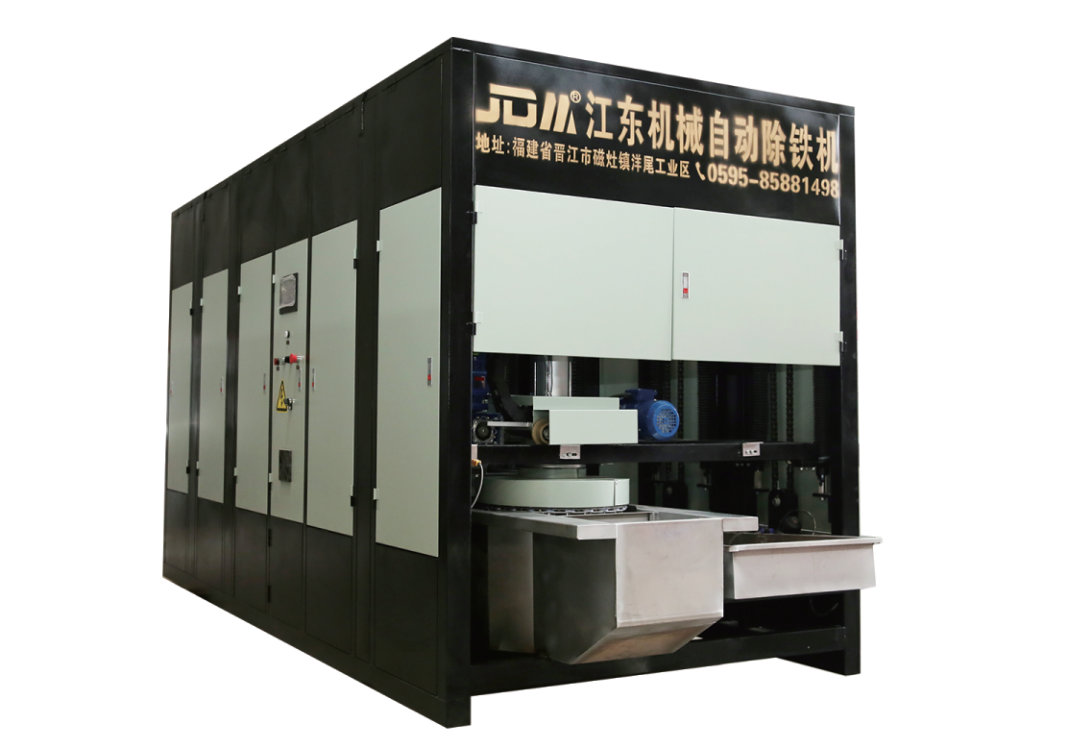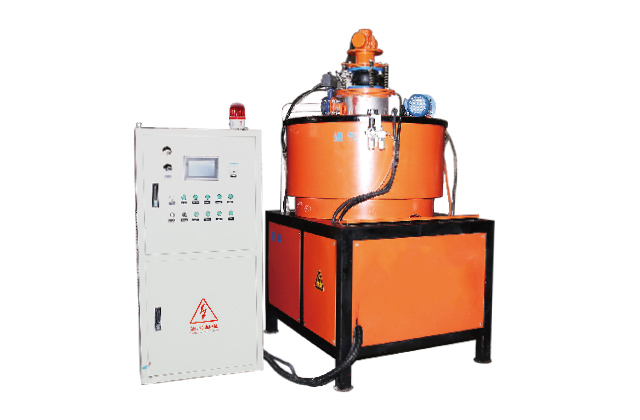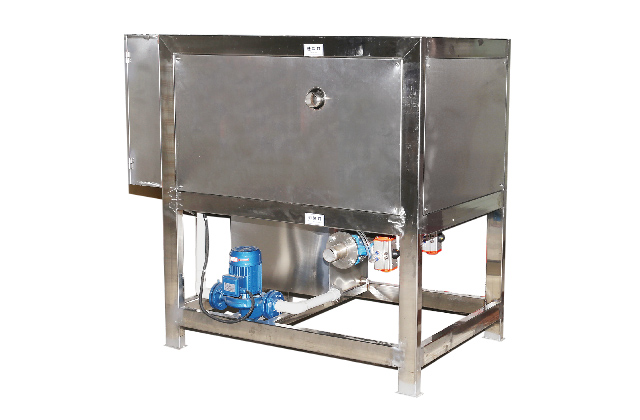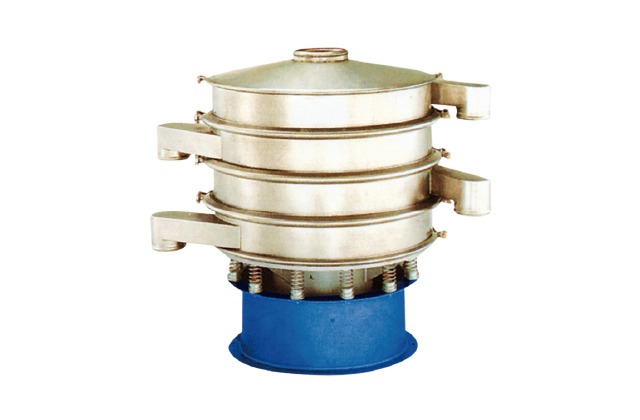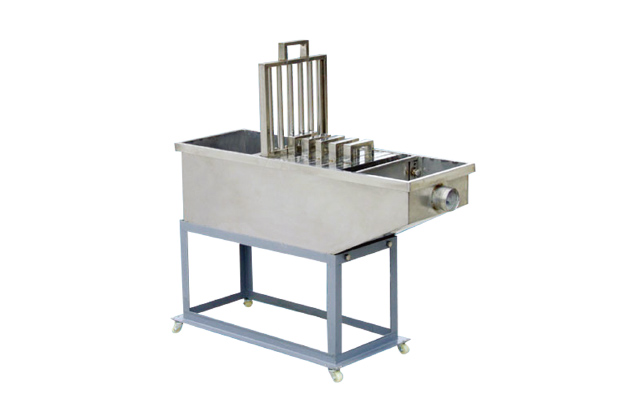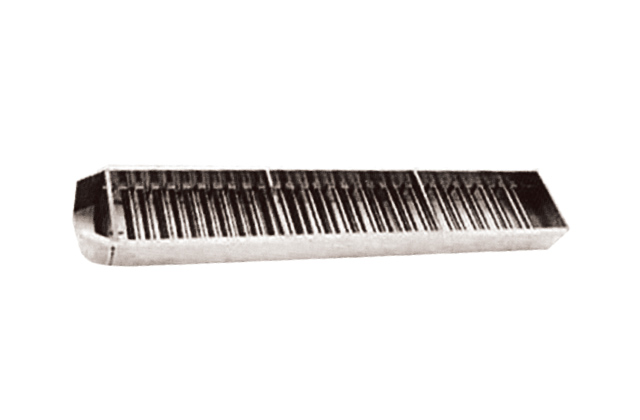September 15, 2025
How Does a De-Ironing Separator Enhance Industrial Applications?
Introduction to De-Ironing Separators
In the realm of industrial processes, the removal of iron contaminants is a critical task. Whether it’s in mining, manufacturing, or wastewater treatment, iron particles can cause significant damage to equipment, reduce efficiency, and even lead to environmental hazards. This is where de-ironing separators come into play. But how exactly do these devices enhance industrial applications? Let’s dive into the details.
What Are De-Ironing Separators?
A de-ironing separator is a specialized piece of equipment designed to remove iron particles from liquids or gases. These separators are commonly used in various industrial settings to protect downstream equipment, improve product quality, and ensure compliance with environmental regulations. The core principle behind their operation is magnetic separation, which leverages the magnetic properties of iron to attract and separate it from the main flow.
The Importance of Iron Removal
Iron contamination can have severe consequences in industrial processes. For instance, in the oil and gas industry, iron particles can cause corrosion in pipelines, leading to costly repairs and downtime. Similarly, in chemical processing, even trace amounts of iron can catalyze unwanted reactions, compromising the quality of the final product. By integrating de-ironing separators into these processes, industries can mitigate these risks and maintain operational efficiency.
Applications Across Various Industries
The versatility of de-ironing separators is evident in their widespread adoption across multiple industries. Let’s explore some of the most common applications:
1. Mining and Mineral Processing
In mining operations, iron contamination is a prevalent issue. De-ironing separators are used to remove iron particles from ores, ensuring the quality of the extracted minerals. This is particularly crucial in the processing of rare earth elements, where even small amounts of iron can affect the final product’s purity.
2. Water and Wastewater Treatment
Iron removal is a key step in water treatment processes. Whether it’s removing iron from drinking water to improve taste and odor or treating industrial wastewater to meet discharge standards, de-ironing separators play a vital role. They help in eliminating iron bacteria and preventing scaling in pipes, which can lead to reduced water flow and increased maintenance costs.
3. Oil and Gas Industry
In the oil and gas sector, de-ironing separators are used to protect equipment from corrosion and abrasion caused by iron particles. This is especially important in harsh environments, such as offshore drilling, where equipment failure can have significant financial and environmental implications.
4. Chemical and Pharmaceutical Industry
In chemical and pharmaceutical manufacturing, the presence of iron can lead to the degradation of products and the formation of unwanted by-products. De-ironing separators help maintain the integrity of the manufacturing process by ensuring that the raw materials and intermediates are free from iron contaminants.
Advantages of Using De-Ironing Separators
The integration of de-ironing separators into industrial processes offers numerous benefits. These include:
- Equipment Protection: By removing iron particles, these separators help protect downstream equipment from damage, reducing the need for frequent repairs and replacements.
- Improved Product Quality: Iron-free materials and products meet higher quality standards, enhancing customer satisfaction and brand reputation.
- Environmental Compliance: Removing iron from wastewater and emissions ensures that industries adhere to environmental regulations, avoiding potential fines and legal issues.
- Cost Efficiency: The long-term savings from reduced maintenance and improved product quality often outweigh the initial investment in de-ironing separators.
Challenges and Considerations
While de-ironing separators offer significant advantages, there are also challenges to consider. The effectiveness of these separators can be influenced by factors such as the size and concentration of iron particles, the flow rate of the material, and the strength of the magnetic field. Additionally, regular maintenance is required to ensure optimal performance and longevity of the equipment.
Future Trends in De-Ironing Technology
As industries continue to evolve, so too does the technology behind de-ironing separators. Advances in magnetic materials and automation are expected to improve the efficiency and reliability of these devices. Furthermore, the growing emphasis on sustainability is driving the development of more energy-efficient and environmentally friendly de-ironing solutions.
Conclusion
In conclusion, de-ironing separators are indispensable tools in various industrial applications. Their ability to effectively remove iron contaminants not only protects equipment and improves product quality but also contributes to environmental sustainability. As industries strive for greater efficiency and compliance, the role of de-ironing separators will continue to expand and evolve. Whether you’re in mining, manufacturing, or wastewater treatment, understanding how these separators can enhance your operations is essential for staying competitive in today’s fast-paced industrial landscape.

